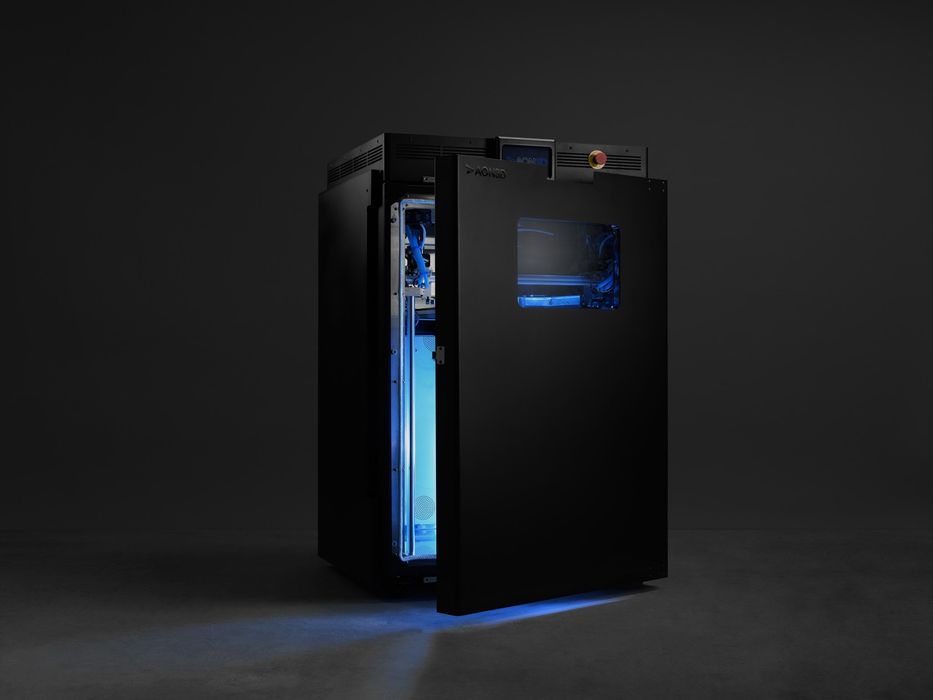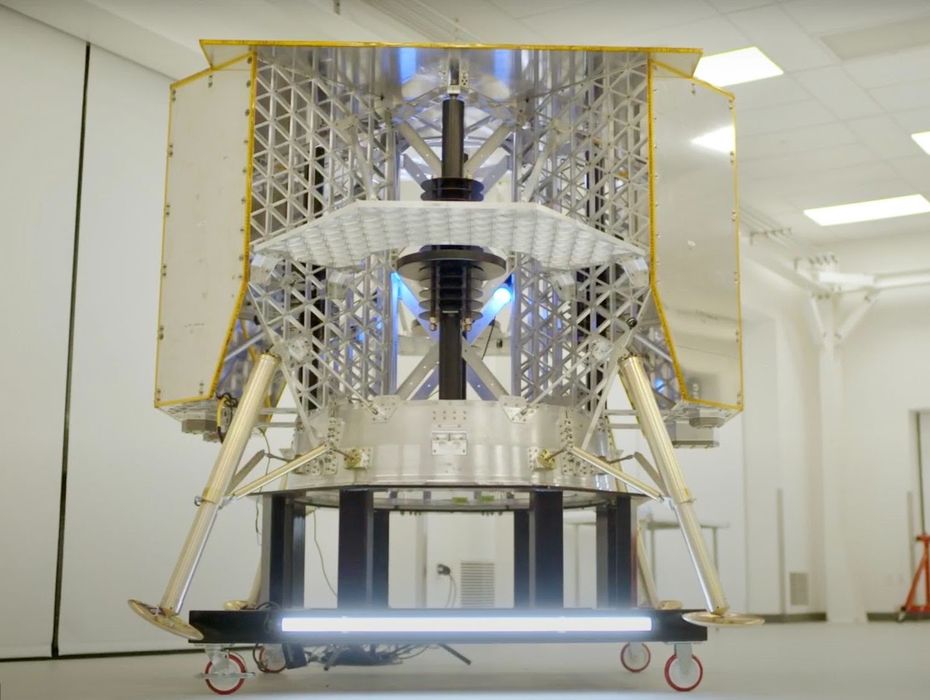
AON3D announced a major new investment and a partnership on a lunar project.
The Montreal/NYC-based company produces the M2+, an industrial-level high temperature 3D printer. This machine can expertly produce parts made in such materials as PEEK, Carbon-Fiber PEEK, ULTEM 9085, PEKK,Carbon-Fiber PEKK, Nylon (PA) and Polycarbonate.
The M2+ provides a massive build chamber of 450 x 450 x 640 mm, the largest in its class, as well as a 200C heated print surface, 135C actively heated build chamber and dual independent 500C capable extruders.
The dual extruders allow the use of soluble support for easy 3D printing of highly complex geometries. They’ve also made available specialty soluble materials that work correctly at high temperatures, whereas typical soluble support materials, such as PVA, would instantly melt in the extreme heat created by the M2+.
This capability has attracted many clients to AON3D, and now it’s attracted investment as well.
AON3D Investment
The company announced today a Series A investment round totaling US$11.5M. In all, the company has now received US$14.2M in funding. One notable participant of this round is none other than Y Combinator, a well-known Silicon Valley VC.
It’s believed the company’s strategy will be to leverage their high temperature experience into large scale production. This is a frequent goal of 3D print startups, as manufacturing is where the majority of the money can be found. AON3D could have an excellent case for this use, as they’ve already proven their technology on the small scale.
AON3D To The Moon

The second bit of news from AON3D today is their lunar exploration program. The company is not literally going to the Moon, but rather many parts produced by their equipment will indeed travel to our closest celestial companion.
AON3D has partnered with the Astrobotic Peregrine Moon Lander mission to provide a “hundreds” of 3D printed parts made from their powerful materials. The project partnered with AON3D no doubt due to their ability to produce parts in these materials, which may be the only materials suitable to survive the extreme space environment.
The Astrobotic Peregrine Moon Lander mission is currently scheduled to launch later in 2022 on a ULA Vulcan Centaur vehicle. However, this vehicle is still under development, and the required BE-4 engines from supplier Blue Origin have repeatedly delayed, originally expected way back in 2017. In other words, the Peregrine Moon Lander just might be delayed further.
Nevertheless, AON3D’s printers will produce many of the parts used in the lander’s construction. Astrobotic Mechanical Engineer Clay Inman said:
“Being able to go from full-scale, economical prototypes to space-ready parts—using PEEK, PEKK, and ULTEM on one machine—was huge for achieving our ambitious goals. Now, we can rigorously test our parts, create custom tooling, and then go right into printing proprietary, mission-ready components with engineering grade materials.”
For AON3D, this is a milestone event. The combination of the new investment and at the same time, participation in a major lunar program should provide a significant boost in confidence for the company’s products. Let me put it this way: if the parts coming off this printer are good enough for outer space, then they are good enough for many other applications.
That’s the way I suspect many in the manufacturing industry may see AON3D going forward, and it will no doubt lead to significant growth in sales.
The new investors seem to have made an excellent choice.
Via AON3D
